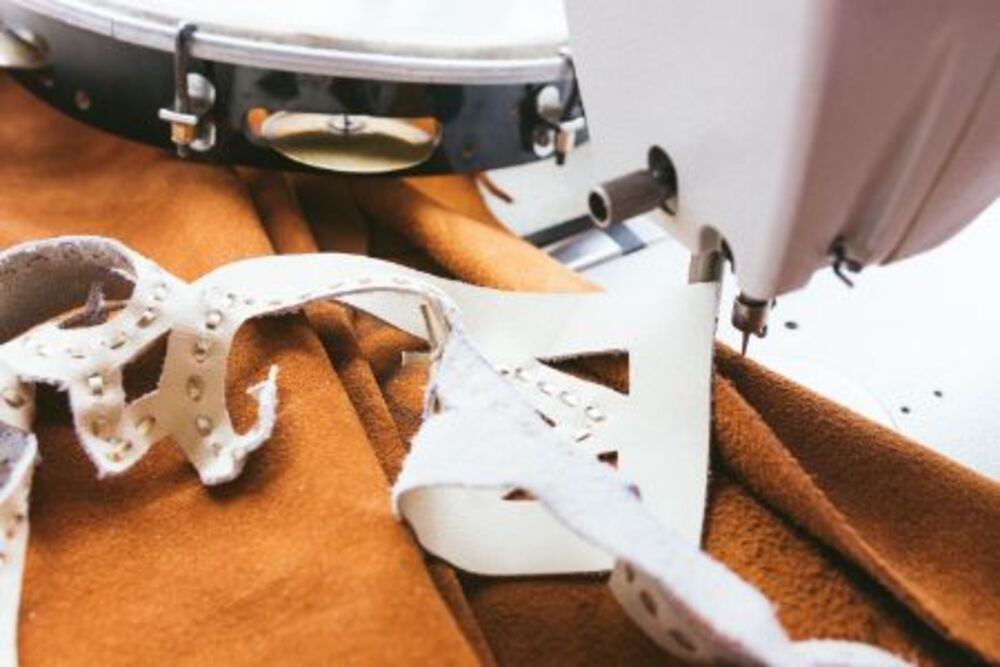A feed dog is an important part of a sewing machine. Its role is to move fabric through the machine. The feed dogs are also responsible for producing a high-quality stitch. This piece of equipment is often located under the presser foot on a sew machine.
Feed your dog
Depending on the type of the best embroidery machine for beginners and sewing machine you own, there are several different types of feed dogs. They operate in a different way. Some models have a lever that raises and lowers the feed dog. Others have a plate that covers the feed dog. In either case, the teeth that are used to move the fabric are small and delicate.
While a sewing machine’s feed mechanism is important, it’s only one component of a sewing machine. The needle and bobbin are two other parts that can impact the overall operation. These parts can cause timing problems and thread jamming.
There are solutions. First, try running a test strip through your machine without pulling it. This will show you how long your stitches are. If it’s too short, you may need to increase the length of your stitch.
Another good thing to do is to keep your sewing machine clean. This will extend the life of your machine and all its parts. Cleaning will also prevent debris from causing damage.
When it comes to freehand quilting, you may want to lower the feed dog in your sewing machine. This will give you more control over the material. However, this can cause a problem if you’re trying to make a straight line.
You can also cover the feed dog with a plastic cover or playing cards. It will prevent debris from sticking to the dog, but it will not solve the problem.
A darning foot is another option. It is important to match the foot to your machine brand. Doing so will allow you to avoid puckering and uneven top feeding.
There are many other options to keep your machine running smoothly. It will not only keep your machine running at its best, but it will also ensure that all parts work properly.
Thread take-up lever
A thread take-up lever is part of the sewing machine thread system. This device is designed to pull the upper thread of a stitch through the fabric, thereby preventing the formation of knotted thread wads or coils. The take-up lever can be found on the left side.
It is important to get rid of any fabric scraps, lint or other materials before you use a sewing machine. The spool gear should be free from any obstructions and must be kept clean. It is possible to fix a stuck take-up lever. The take-up lever can be controlled by a handwheel for some machines. To adjust the lever, turn the handwheel counterclockwise.
As you raise the needle, the take-up lever is able to move up and down to release the tension on the upper and bottom threads. When it is in the highest position, the take-up lever rests the needle just above the pressure foot. It is essential to maintain this height so that the needle is not pulled away from the fabric.
When the take-up lever is not in the correct position, the thread can become entangled or the top thread may be pulled out of the take-up lever. When this happens, it is necessary to rethread the machine.
The JUKI Thread Take Up Lever is specifically designed for industrial sewing machines. This lever helps pull the thread through the machine and is made from durable raw materials. It can withstand external pressure and can withstand the pressure of a stitching machine.
Aside from this, the JUKI Thread Take-Up Lever also prevents the thread from clinging to the take-up lever. Besides this, it has a skirt member which acts to straighten the slack in the thread.
The thread take-up lever also has a thread guide rod. This is a straight rod that passes underneath the skirt member in both forward travels and return travels. The connecting link supports the thread take-up and thread guide members.


